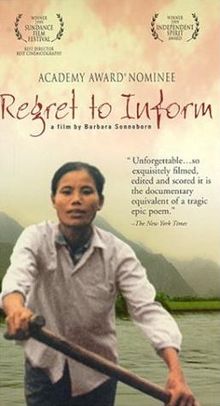 Regret to Inform is a beautifully filmed Oscar-nominated documentary which allows viewers to follow director Barbara Sonneborn as she travels to Vietnam to the site of her husband’s wartime death.
Regret to Inform is a beautifully filmed Oscar-nominated documentary which allows viewers to follow director Barbara Sonneborn as she travels to Vietnam to the site of her husband’s wartime death.
On January 1, 1968, Barbara Sonneborn’s husband, Jeff Gurvitz, left to fight in Vietnam. Eight weeks later, on February 29, 1968, he crawled out of a foxhole during a mortar attack to rescue his radio operator and was killed. Sonneborn learned of her husband’s death on her 24th birthday. We regret to inform you. . . read the official notice.
Twenty years after Jeff’s death, Sonneborn went back to Vietnam — to the place where her husband was killed. Knowing that hundreds of thousands of other women had shared her grief, she made them — both American and Vietnamese war widows — part of her story. Filled with extraordinary archival footage from the war, breathtaking visions of modern day Vietnam, and heart-wrenching stories from a number of women who share Sonneborn’s story, REGRET TO INFORM is a journey into the heart and soul of war. [Description from New Video.]
Woven into her personal odyssey are interviews with American and Vietnamese widows who speak openly and profoundly about the men they loved and how war changed their lives forever. This film was produced by Sun Fountain Productions.
Trailer
Teach Regret to Inform
![]() The Teaching Guide to Regret to Inform is a free on-line interdisciplinary teaching tool that encourages students to think critically about the long-lasting effects of war. It is currently out of print.
The Teaching Guide to Regret to Inform is a free on-line interdisciplinary teaching tool that encourages students to think critically about the long-lasting effects of war. It is currently out of print.
Written by Bill Bigelow of Rethinking Schools, the guide contains several lessons designed to help teachers use Regret to Inform effectively in the classroom. Additional resources for teachers and background information on Vietnam are also featured.
***
 The Impossible Victory (PDF), from Howard Zinn’s A People’s History of the United States, offers teachers and students a brief but vivid history of the Vietnam War. With direct quotations from government officials, soldiers, anti-war activists and civil rights leaders forming the core of the story, the Vietnam War becomes a living history that will capture the interest and passions of students.
The Impossible Victory (PDF), from Howard Zinn’s A People’s History of the United States, offers teachers and students a brief but vivid history of the Vietnam War. With direct quotations from government officials, soldiers, anti-war activists and civil rights leaders forming the core of the story, the Vietnam War becomes a living history that will capture the interest and passions of students.
“The Impossible Victory”, begins with the short period in which Vietnam was free of foreign domination in 1945 and ends in 1975 with the ultimate failure of the United States, a military giant backed with modern technology, to impose its will on a poor, largely peasant, country. Zinn describes how and why the United States moved in early to prevent the unification of Vietnam, establishing South Vietnam as an American sphere with Ngo Dinh Diem as head of the government in Saigon. He traces the opposition in the countryside that grew alongside this U.S. involvement, beginning as an incipient guerrilla movement which solidified with the formation of the mass-based National Liberation Front in 1960. The NLF was an alternative to the U.S.-imposed Saigon government, enacting significant social changes, like land reform and promising greater self control for the peasants.
The chapter carefully chronicles the U.S. military effort in Vietnam, including a full description of the Gulf of Tonkin episode in 1964 and the lies told about it to the American public by their highest officials; the steady escalation of the war, the cover-ups, and continuing deception; the bombing of North Vietnam and the massive human suffering it caused; the massacres of civilians and the role of the CIA and American advisors in the brutality. Zinn uses abundant quotes from participants to reveal the truths behind the events described.
Alongside the history of the U.S. involvement in Vietnam and the resistance among the Vietnamese the chapter also traces the history of the antiwar movement in the United States. From its early appearance from within the civil rights movement to its mushrooming strength in the late 1960s and early seventies, the antiwar effort and its success in changing the course of history unfolds. Zinn discusses the release of the Pentagon Papers and the activities of clergy, students, civil rights leaders, soldiers and veterans in the antiwar effort. The chapter also covers the attack on protesters by the National Guardsmen at Kent State University which resulted in the deaths of four students, as well as the general student strike in its aftermath.
Readers will be drawn into the history of the Vietnam War through Zinn’s dramatic telling of it. The courage of individuals, the motives of governments, and the suffering and moral dilemmas of war will come alive for students and deepen their understanding of Regret to Inform and the accompanying classroom activities.
“The Impossible Victory” synopsis was written by Nancy Carlsson-Paige.

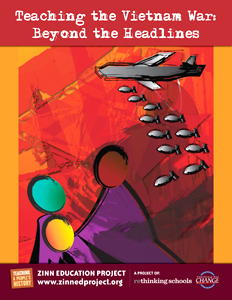
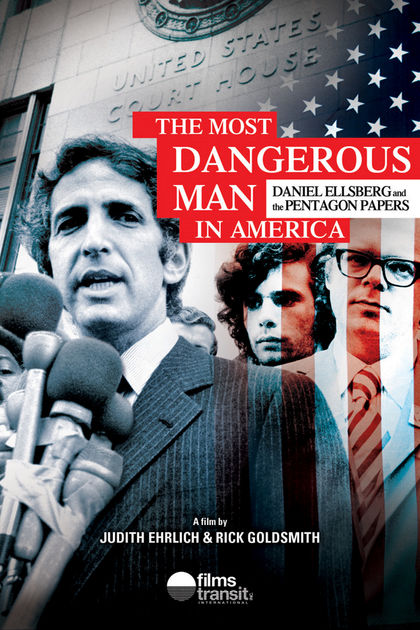
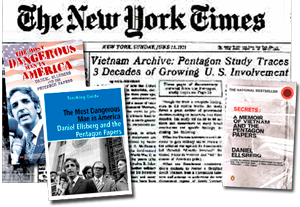
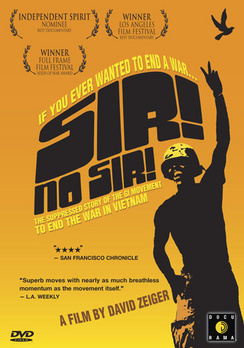






Twitter
Google plus
LinkedIn